What’s Inside IEW’s Structure and Style for Students? | Key Components (III)
We’ve already talked about IEW’s holistic approach to writing and seen how IEW teaches writing through the three programs it offers.
Now let’s dive in and explore the components of Structure and Style for Students, a video-based writing program that has been consistently ranked among the best in the industry.
But wait, there’s more!
In my next articles, I’ll present the top 10 tools to complement SSS, compare year 1 and 2 of level A, and then go over 8 things we love about SSS.
From the philosophy behind this program to real-life examples to reasons why we love it, this series of articles will be your ultimate guide to IEW’s writing curriculum.
This blog post is part of my IEW Structure and Style Review series:
- IEW as a holistic writing curriculum
- The 3 writing programs offered by IEW and how IEW teaches writing
- YOU ARE HERE
- 10+ IEW tools you wish you knew about
- Is it too repetitive? Comparison between Level A Year 1 and 2
- From Doubt to Confidence – our honest review of IEW’s SSS
Structure and Style for Students Review- Main Components of SSS
Summary:
Structure and Style for Students from the Institute for Excellence in Writing is a video-based writing program that spans three levels, offering about 6 years of writing instruction with easy-to-follow videos that teach students to write well-organized pieces of writing.
The program is designed to be simple to implement and follows a step-by-step approach to writing, allowing students to gradually improve their writing skills.
The Institute for Excellence in Writing (IEW) offers a comprehensive program to teach effective writing skills but it can be easily transformed into an à-la-carte writing curriculum, suited for a variety of needs.
The program includes video lessons, a teacher manual, a student packet and binder, and online resources.

Pin this image to read my article later. 📌
Our rating:
Grades: 4-12
Style: self-paced or online classes
Type: Secular
Components: videos + student packet + teacher book
Formats: physical package + online
PROS
CONS
If you prefer watching a video instead of reading the article:
What is SSS (Structure and Style for Students)?
SSS stands for Structure and Style for Students, which is a video-based writing program developed by the Institute for Excellence in Writing (IEW).
SSS is aimed at students between the 3rd and 12th grades, covering roughly 6 years of instruction between its levels.
The range of this homeschool writing curriculum is broad because it’s not geared to certain grades, but rather to certain abilities in reading and writing.
IEW’s SSS program takes kids through each step of writing, teaching them how to organize, ask the right questions, and summarize. They will eventually tackle creative writing and formal essays and critiques, getting students ready for academic writing.
Structure, style, and checklists – the three pillars of SSS
I’ve already covered why IEW is a great choice for writing and the IEW’s writing method and programs, so now let’s dissect it even more, with their most popular writing program, Structure and Style for Students. These pillars of writing are found throughout IEW’s programs, no matter what combination you choose.
SSS teaches writing by focusing on the structure and style of writing a composition and offering easy checklists to keep children and parents on track.
You can find out more about IEW’s writing method by watching this presentation on Introduction to IEW.
The Structure – 9 Units
The structure in Structure and Style for Students is introduced as nine separate units throughout the program, gradually taking children from the simplest form of writing (keywords) to the most complex (formal critiques and academic essays).
SSS starts by covering the basic structural concepts of writing like note taking, outlining, and summarizing. This helps students develop a logical structure and effective communication skills. Students learn how to extract key information from a text to create effective notes and how to summarize information clearly and concisely.
Kids also learn how to improve their writing starting with paragraphs. IEW provides specific techniques, such as dress-ups and sentence openers, to help them create well-structured paragraphs with strong sentences that incorporate stylistic techniques.
Despite some of the common fears, SSS encourages inventive writing throughout the program. Units 5 and 7 focus on this particular skill by asking kids to write from pictures and focus on inventive writing. A big part of the program puts emphasis on asking the right questions when writing, which I think is an essential part of creative writing. And once kids master these skills they will be able to apply them to all future writing.
As units progress, the program also includes guidance on essay writing, from the popular 3-paragraph essay to 5 paragraphs and beyond. This includes how to write an introduction, body paragraphs with clear topic sentences, and a conclusion.
IEW also provides advanced instruction on more complex writing situations, preparing students for academic-level writing, including formal essays and critiques.
To get a clearer overview of how Structure and Style for Students is tackling these structural models, these are the units and the skills kids will learn for each:
*Units 8 and 9 will appear only from level 2A onwards.
The Style – Stylistic Techniques
Aside from the structural models, kids are gradually introduced to different stylistic techniques to improve their writing. Every few lessons, kids will be introduced to a new stylistic technique which will get added to their checklist.
By using these techniques, children can vary their sentence structures, create a more vivid picture in the reader’s mind, and convey their ideas more effectively.
IEW views style as a combination of different techniques, including:
- Sentence Openers: These are different ways to start a sentence, such as with an adjective, an adverb, or a prepositional phrase. IEW teaches students how to use a variety of sentence openers to add interest and variety to their writing.
- Dress-ups: These are techniques that help students add more description and detail to their writing. Some examples include using strong verbs, adding adjectives, or using appositives.
- Vocabulary: IEW emphasizes the importance of using strong, precise vocabulary in writing and avoiding overused words. They encourage students to use a thesaurus to find more interesting words to use in their writing.
- Rhetorical Devices: IEW teaches students how to use various rhetorical devices, such as repetition, alliteration, and simile, to add emphasis and impact to their writing.
For example, kids will have a list of banned words- words that are being overused in compositions (see, big, small, good, bad, said etc). This list grows over time as students progress through the program, and they are also encouraged to create their own lists of words to use in their writing.
Kids also get lists of quality adjectives and strong verbs to support them in pushing their limits and stepping out of their writing comfort zone.
But Structure and Style for Students goes beyond instruction. To make sure children understand how and when to use these stylistic techniques, they have to underline or mark each of the stylistic techniques in their writing. This exercise will reinforce the importance of the techniques learned and help children internalize using them. I love how, through this simple exercise, kids become more aware of their writing and what it should include.
I know a fear of many parents is the formulaic approach to writing that apparently doesn’t encourage creativity, but as children become more confident in their writing abilities, they are encouraged to experiment with more complex stylistic techniques and find their own voice. This not only improves their writing skills, but also encourages creativity and self-expression down the road. Once the have the TOOLS of writing in their arsenal and know how to organize their writing for the intended purpose, they will have a solid scaffold for writing anything!

Checklists – EZ+1
Something else I appreciate about Structure and Style for Students is that it includes easy checklists that are useful for both parents and students.
IEW’s approach to this is EZ+1 (please read more about it in IEW’s article), so the checklist should be easy to follow and not overwhelming, having only one challenging element at a time.
This is one progressive way of teaching composition that I love because it takes kids through a gentle process of learning to write well-put-together compositions and essays. I also appreciate the point checklists available to teachers (as free printables) that you can use to grade your children’s work.
Here’s what you usually find in a checklist:
By having a checklist and gradually internalizing it, children gain confidence in tackling any writing assignment because they know precisely what is expected of them.
Equipped with these writing skills and techniques, children can approach any writing challenge with ease, whether it involves academic writing or simply taking notes.
And what’s more, IEW offers an online checklist generator for premium users that you can use to generate your own checklists for ANY text with any preferred requirements, truly allowing you to control what and how you introduce to your kids. We’ve been pretty happy with the standard ones included in our package, but know this is an option! Despite the rigid look of IEW they are actually quite flexible and easy to adjust to fit your preferences.

Structure and Style for Students – Levels and package options
The Structure and Style for Students (SSS) program offers several options and combinations that can cause confusion when selecting a package. To help clarify, I’ve provided a breakdown of what’s offered.
IEW Structure and Style for Students packages breakdown
You can purchase Structure and Style for Students in multiple packages, from the Basic (only for writing) to Premier (which includes Fix It! Grammar, Teaching Writing: Structure and Style, and more bonuses). Each package includes different materials, so it’s essential to understand what each one covers before making a purchase.
This is what the three packages cover:
BASIC:
– Student Binder and Packet
– Video Lessons (DVD or Forever Streaming)
– Teacher Manual
BASIC PLUS
– everything in basic
– Fix It! Grammar
– Portable Walls for Structure and Style for Students.
PREMIER
– everything in plus
– Teaching Writing: Structure and Style (TWSS)
– A Word Write Now
How to choose a SSS level?
In addition to the different packages, the Structure and Style for Students is divided into three levels (A, B, and C), which are then further divided into years. Each level spans two years, and IEW offers several options for mixing things up for the second year if you wish to do so, in their SSS Pathway.
Here’s an overview of the Pathway (click on the image to access the file). If you need help “reading” this, I explained that in my video as well.

Do you need more than the Basic Package?
While you’ll do great with only the Basic Structure and Style for Students package, you might consider the Plus or Premier packages if:
Structure and Style for Students – Basic curriculum components
The basic package of SSS comes with the essential writing portion of the program and includes the student book, teacher’s manual, videos, and access to online resources.
You can add as many or as few elements to the basic package as you need to, making SSS an à-la-carte curriculum, suited for a variety of needs. You can also opt for the Basic Plus or Premier packages that would give you access to more resources.
Every Basic level of SSS comes with these components:
Videos + Online Resources
This includes access to instructional videos and other online resources to help implement the lessons.
Depending on what you choose at checkout, you can get the Forever Streaming or DVD package.
Student Packet & Binder
Student pages come in a sturdy 3-ring binder for your student. The binder has tabs and everything you need to set the program up.
All you need to add are some writing sheets and a pen.
Teacher’s Manual
This companion book for parents comes in a spiral-bound format and it has all the notes and extra information parents need to keep up with the lessons, including checklists for each lesson.
① Video Lessons
The self-paced video lessons (aimed at students) are the main component of Structure and Style for Students. Kids learn effective writing while watching the pre-recorded classes of Mr. Andrew Pudewa teaching these techniques to a group of students. This makes kids feel like they are in a classroom environment, with other children that ask questions and interact with the teacher.
Each of the 24 weeks of instruction has its own video, so you will watch one full video per week. The videos are about one hour long on average but they are split into parts. You can watch one full video lesson in one sitting or make use of the suggested schedule to break the videos down.
The video lessons are designed to take over the writing instruction. Andrew Pudewa will be the teacher, so you can sit back and watch your children learn from an expert.
Parents are just there to support children and act as editors. So the format of SSS puts the least amount of pressure on parents when it comes to teaching writing.
Here are some important features of the video lessons for Structure and Style for Students:
Format – should you choose forever streaming or DVD?
There are two formats available for the videos: online (forever streaming) or on DVD. You can choose the one you prefer at checkout.
We have the forever streaming package, so the videos show up in my account. We received a special card containing the code that allows us access to our video lessons forever. It’s very easy to use and access. The downside of forever streaming is that it requires an active internet connection.
If you choose the DVDs make sure you have a compatible device to play them.
I prefer Forever Streaming because I can access it anytime from anywhere and there’s no stress of misplacing or scratching the DVDs, but the DVDs have resale value if you plan on selling your SSS package once you’re done.
Also note that IEW has an awesome policy and they will replace any scratched DVD with a working one.
Expert instruction and classroom feeling
The video lessons are taught by IEW’s founder, Andrew Pudewa, who is a highly experienced writing instructor and speaker.
Mr. Pudewa is an excellent teacher that knows how to draw kids in and motivate them. He keeps the videos fun by opening each lesson with a joke (or more), and I noticed Marc is very keen to hear them out and then tell them back to us.
The videos are recorded while he teaches a live class of students, creating a personal and relatable atmosphere. Mr Pudewa is answering student questions and guiding the kids through the lessons at a gentle, but sustained pace.
Mr. Pudewa models and provides examples of good writing during class. He also walks with kids through the steps of the writing process, from brainstorming and outlining to drafting and editing.
I love the way the classes are taught, and it makes us feel as if we’re right there, sitting among the students that Mr. Pudewa teaches live.
We laugh with them, and write with them, and I feel that this is a unique way to transmit more than information to the student. It makes kids feel like they belong to a group of kids just like them, that make silly mistakes, that have normal answers, and write compositions just like ours.
It’s difficult to get this level of interactivity and involvement in a pre-recorded video class, but this teacher has a talent for getting down at kids’ level, whether they are attending his live classes or are halfway around the world watching a pre-recorded version.
② Teacher Manual
I love how the teacher manual is a mirrored image of the student packet. Teachers will see everything the students see, only with notes on the edges in special gray boxes.
One aspect I appreciate about the teacher manual is that it also contains the notes written on the whiteboard by Mr. Pudewa, so if I am busy and can’t be present for the lesson, I know what has been discussed at a glance.
Let’s briefly dissect the sections of a lesson in the teacher’s manual:
③ Student Packet and Binder
The student packet comes with a beautiful, sturdy, 3-ring binder, that is very easy to organize (the teacher manual has instructions on page 5 on how to organize the binder).
The binder comes with 8 tabs and some large-size papers for multiple text references.
The student packet has almost everything kids need to complete a year of SSS. They only need extra paper and a pen. Here’s what you’ll find inside the student packet:

④ Online Resources
Each level of SSS will offer different downloadable files that you can access by visiting the link included in the first (blue) page in your teacher manual. Some of these include:

Frequently Asked Questions
I’ll try to answer some of the most frequent questions when it comes to SSS, but know that the IEW customer support is top notch! They are extremely helpful and accommodating, even offering to replace your level for you if you bought the wrong one or refund you if you ended up not linking the program.
What do I use for younger students that aren’t ready for SSS yet?
IEW’s theme-based writing can be used from 3rd grade, but you will need the TWSS in order to teach it if you don’t know the IEW’s teaching method yet.
For k-1st grades, IEW has writing and reading instruction programs to start kids on their journey to reading and writing, like the Primary Arts of Language Reading-Writing Package.
Ultimately, if you feel that you need more help in starting kids to write compositions, I recommend trying out Evan Moor’s writing curriculum options. These would work great until the kids are ready for SSS.
How do I choose the right level of Structure and Style for Students?
Depending on the strengths and weaknesses of your child, you can place them based on reading level or grade level. I noticed it’s better to start at a level that is easier because confidence in writing and familiarity with the program are very important down the road.
If you are just starting with Structure and Style for Students, make sure you always pick Year 1, no matter what level you choose, because Year 1 will lay the foundations needed to be successful with this program.
The ideal age for SSS can vary, but generally you should be able to do SSS 1A between 3rd-6th grades depending on your kids’ relationship with writing.
So don’t be afraid to start the first level later than the intended age because it will be worth it in the end. Start the program whenever your kids are ready for it, and pace it to fit your children.

Can I Use Structure and Style for Students with multiple children?
You can use Structure and Style for Students with multiple students because the video lessons never expire and copying of the student packet is allowed within your own family, so that’s great for multiple-kids families that are on a tight budget.
You can also purchase the binder or separate student packets from IEW if you want kids to each have their packet and binder.
How is SSS paced?
A full year of Structure and Style for Students will cover 24 lessons, but you have suggestions for a 30 week schedule as well (in your free printables in your account- accessible on the blue page of your teacher manual).
The whole idea behind this program is to take your time and master the concepts before moving on to the next level. The spiral approach of SSS (the levels repeat, adding more depth each time) ensures kids will master the skill of writing by the end of the program by internalizing the structure and stylistic techniques.
Do you need Teaching Writing: Structure and Style?
Buying TWSS is optional if you choose to go with the Structure and Style for Students packages because each of the SSS levels will have video lessons of Andrew Pudewa explaining the concepts of writing to a class of students.
If you watch these with your kids, and don’t want to customize your lessons, you don’t need TWSS.
Final thoughts
IEW’s Structure and Style for Students is a well-loved and highly appreciated writing curriculum that can greatly improve kids’ writing skills and confidence. The program is comprehensive and well-designed, providing parents with the flexibility they need to teach writing effectively.
Through engaging video lessons, SSS offers clear and structured writing strategies that can help students of all abilities achieve excellence in writing. The program strikes a perfect balance between structure and creativity, equipping kids with the tools they need to express themselves coherently in any situation.
I honestly feel that SSS is a complete and well-laid-our program that has everything you need in order to take your children’s writing skills to a whole new level. I have rarely met a program that is so well-put-together and I feel IEW has done a wonderful job of ensuring the parents get all the help they need and maximum flexibility in teaching this.
I highly recommend trying the program for yourself and see if it’s a good fit.

This post may contain affiliate links. By making a purchase through these links, I get a small percentage for the item you bought while the price stays the same for you. Thank you for supporting me.
Read my Disclosure to find out more about how I support my website and how you can help.









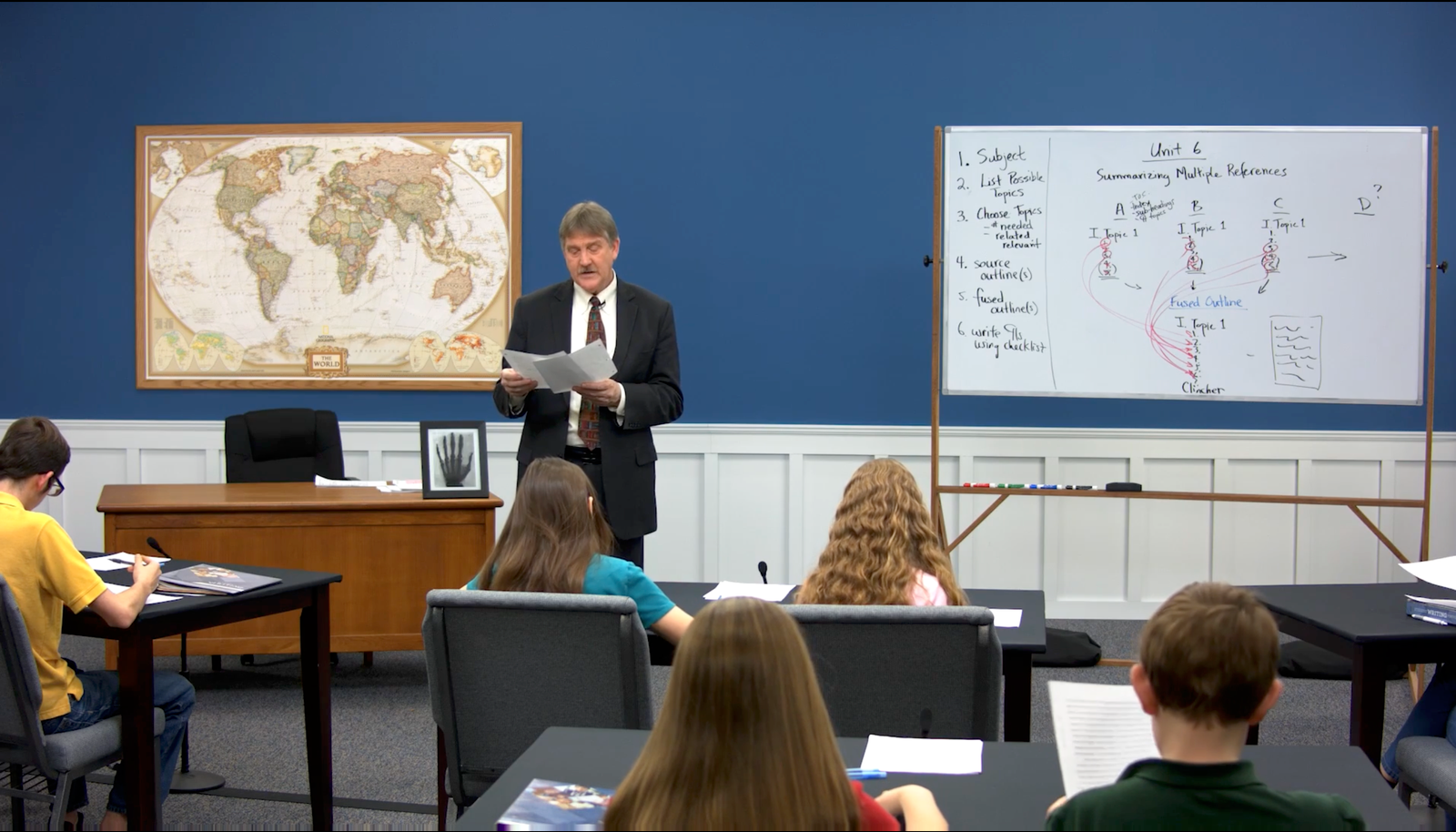
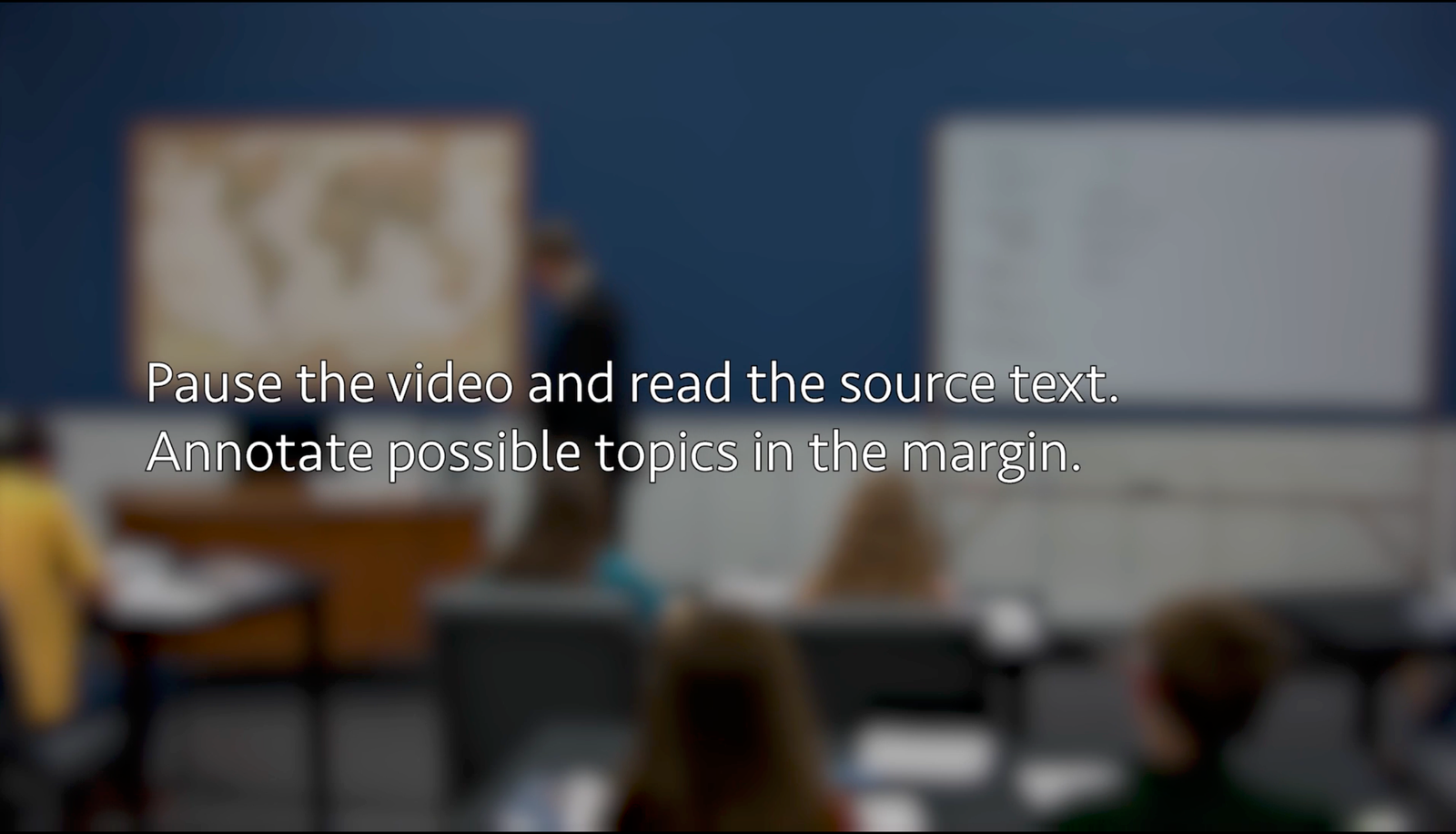
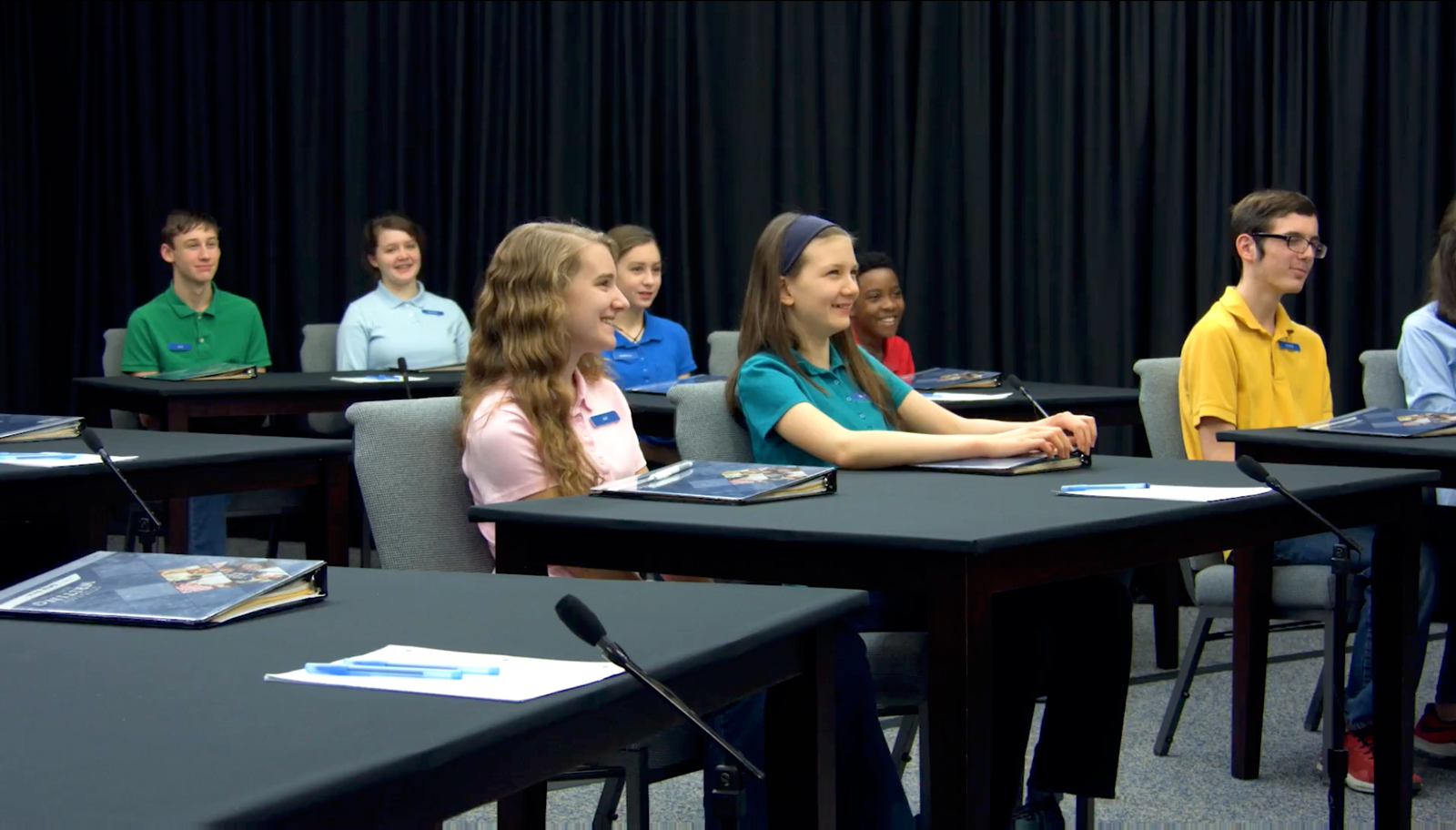
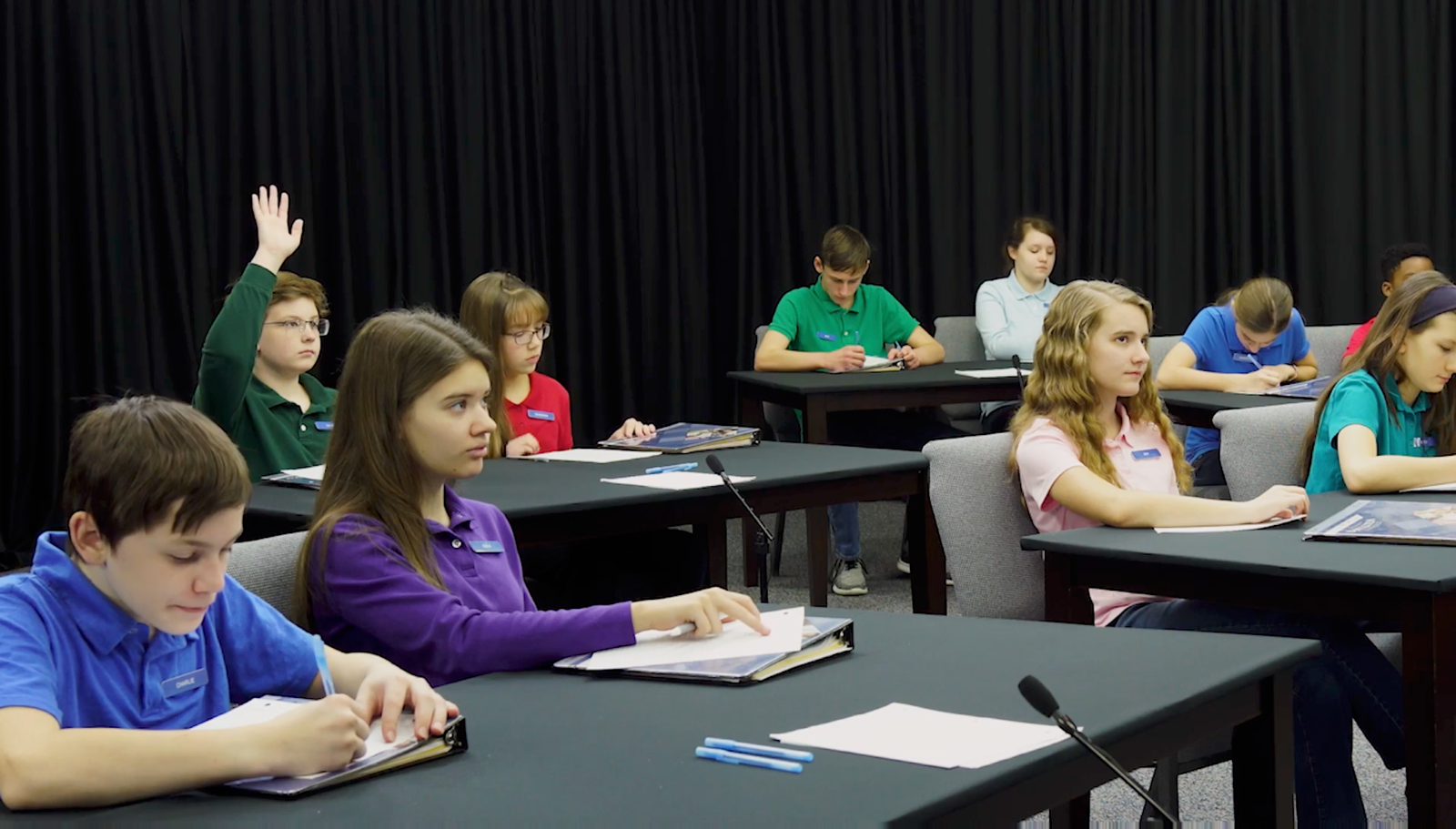
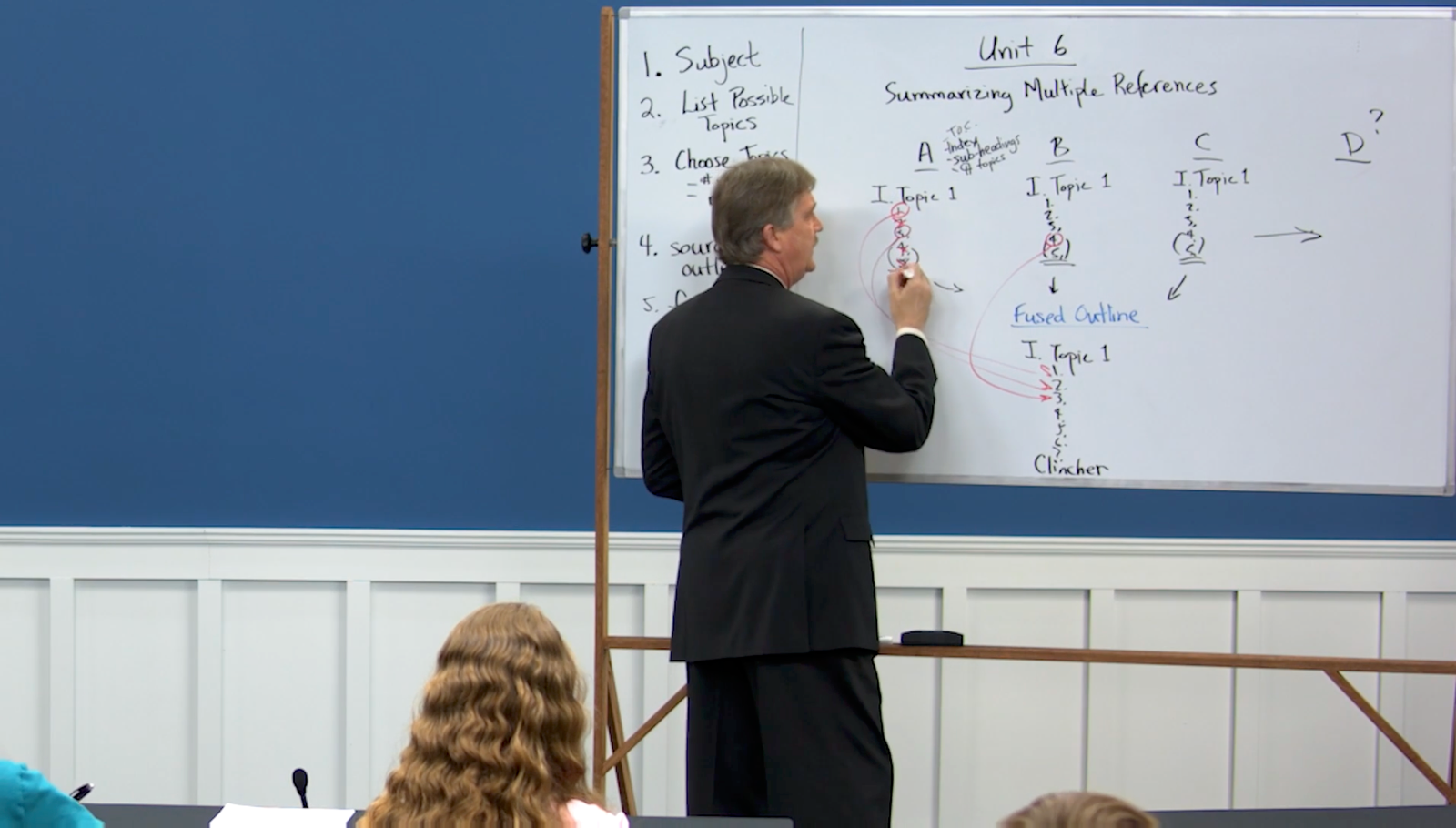








Hi! You seem to know quite a bit and I am so thankful I stubbled upon your blog. I have a wild idea to do the student intensive alongside the theme based writing. For example: show the DVD portion before the section that is to be taught and then have them practice in the theme based writing. Does this seem plausible. My other option was to do the intensive in a months time and then move into the theme based writing. I would appreciate your thoughts! Thanks
Hi Sarah,
IEW is pretty flexible, but it depends on your child. If they love writing, or need more challenge or different texts, then definitely! You can either do the full SSS lessons or just listen to the video. But beware that in the video class they work ON the texts provided in SSS.
My son wouldn’t be able to do this because he is very slow in his writing lessons and doesn’t love writing. My friend’s daughter loves writing and they did all the theme based and SSS in parallel. So she way working on the SSS then enriching with theme based.
If you like the theme based better than SSS, I think it’s easier to just do the TWSS (the teaching writing structure and style- teacher training). Depending on the age of your child you can let them watch it with you, too, if they are older (end of middle school/high school). If not, you can teach the lessons to them on theme based writing or really any text you like better, because once you understand clearly how it’s taught you can adapt it to anything.
People usually do the theme based in between SSS. So you do one year (or semester if writing goes well in your school- you could do 2 weeks/week) of SSS and then one of theme based.
Year 1 lays the foundation, so you would want to do Year one first, then choose either year 2 or theme based (or both).
If you want to offer more detail (age, and if they like writing), it would be easier to say for sure how you could use them. If you want, feel free to e-mail me as well. I am happy to help.
And, IEW is awesome at getting back to you. They have a chat option where you can ask them these things in real time.
I hope this helps and that I understood what you were asking.